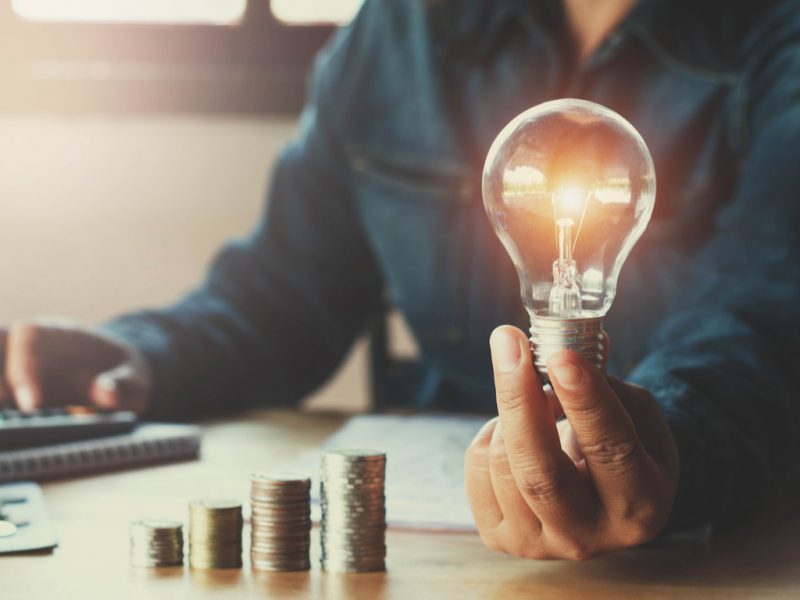Growth in economic activity, electricity use decoupling in many countries, EIA says

The U.S. Energy Information Administration (EIA) recently reported that the relationship between growth in economic activity and increased electricity use has been decoupling in many countries in recent years.
Historically, as economic activity has increased and a country generates more goods and services, electricity use typically increases. This relationship, EIA said, is changing.
The countries’ relative level of development, electrification, economic makeup, and income levels impact the degree to which decoupling occurs, the administration noted.
Most member countries of the Organization for Economic Cooperation and Development (OECD, including the United States, United Kingdom, and Japan, have been shifting from manufacturing toward service economies. Commercial services typically require less energy than manufacturing.
OCED member countries’ manufacturing sectors also tend to focus more on higher skilled advanced manufacturing, which uses less energy-intensive technologies.
Manufacturing often drives economic growth in non-OECD member countries, such as China, India, Brazil, and Egypt. These economies tend to use less efficient technologies and have lower-skilled labor relative to OECD countries, which leads to higher energy usage to generate goods and services.
National electricity use in OECD member countries has remained mostly flat in recent years. EIA’s International Energy Outlook 2017 (IEO2017) projects that electricity use in these countries will grow modestly.
Total electricity use by non-OECD member countries exceeded electricity use by OECD members in 2011, and IEO2017 predicts that it will continue to grow. Electricity demand in the future will largely depend on growth in non-OECD economies and the types of activities that make up their economic growth, EIA said.
IEO2017 projects that electricity growth will remain lower than economic growth for both groups.
In the IEO2017 Reference case, gross domestic product (GDP) among OECD member countries increases by 1.7 percent per year, and electricity use increases by 0.9 percent per year between 2015 and 2040. In non-OECD countries, GDP grows by 3.8 percent per year, and electricity use increases by 2.0 percent per year over the same period.
